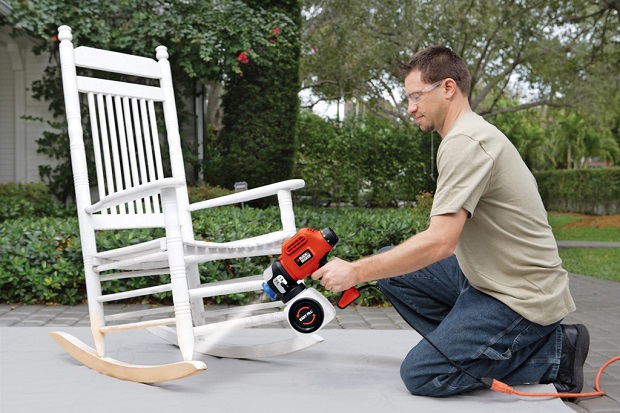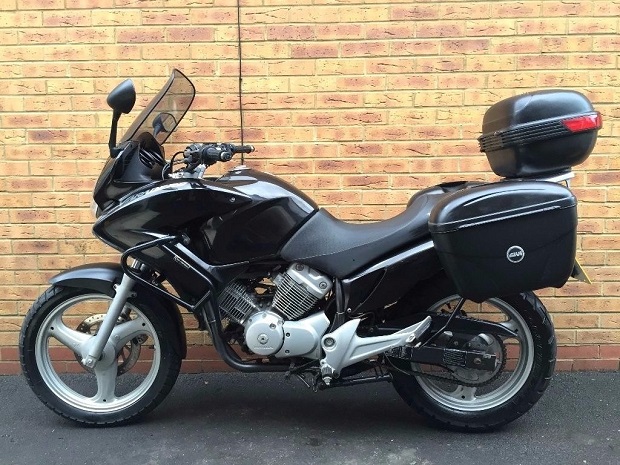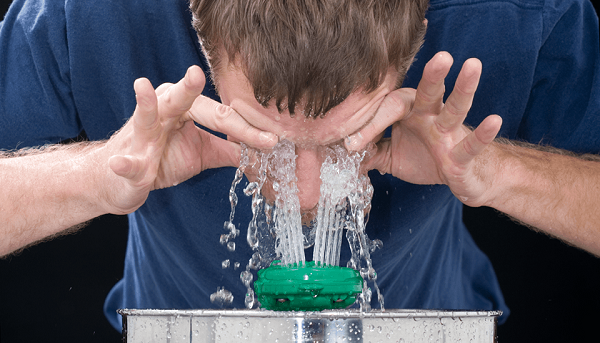Types of Paint Sprayers and How They Differ
Aesthetic matters, there is no doubt. It has the power to convey a message without saying a word. That’s why we paint our houses , why we want our vehicles to be in a particular colour, the furniture we buy to match the interior, etc. If you are a DIY enthusiast or a woodworker, then you probably understand the huge importance the finishing touch has on your end-product. This is where paint sprayers come into play. These devices are a quick way to evenly coat large surfaces with paint or with any other type of protective coating.
Like most other seemingly simple tools, sprayers come in distinctive varieties and with different features. If you’re a newbie and don’t have much knowledge on the matter, I hope that after reading this article, you’d be able to determine which paint sprayer is the right one for your projects. Here are the basic types.

Airless Paint Sprayers
This type of paint sprayer is ideal for large projects where over-spraying isn’t a concern. Airless paint sprayers are powered either by gas, electricity or air. A lot of people are often confused how they can be powered by air, yet be called href=”http://www.mydeal.com.au/tools-and-equipment/air-compressors/paint-sprayers”>airless paint sprayers. Well, they are powered by air, but there’s no air involved in their spraying. Instead, they operate under high pressure. The paint flow and spray fan aren’t adjustable on these sprayers, so be prepared to spend plenty of paint. You can buy different tips and attach them to get a different painting outcome.
Conventional Pain Sprayers
Unlike airless paint sprayers, conventional sprayers use an air compressor. The compressor is built into the sprayer, but there are many models which can be hooked to an external air compressor. Conventional sprayers consist of three main parts: the basin, trigger and nozzle and the compressor. In order to use it, you have to fill the basin with paint, hook it up to a power source and pull the trigger. The air from the air compressor mixes and atomises the paint which then shoots out of the noozle to create a smooth and thin coat of paint.
High-Volume Low-Pressure (HVLP) Sprayers
These sprayers were developed as a result of the inconsistencies that conventional sprayers had. By combining low pressure and high volume, they have incredibly high transfer rates of over 80%. What this means is that most of the paint ends up where it’s supposed to. As a result of the HVLP combination, they create a fine and smooth coating. These sprayers are known for their accuracy, which makes them a very attractive option for people working on projects that require detail and precision.






